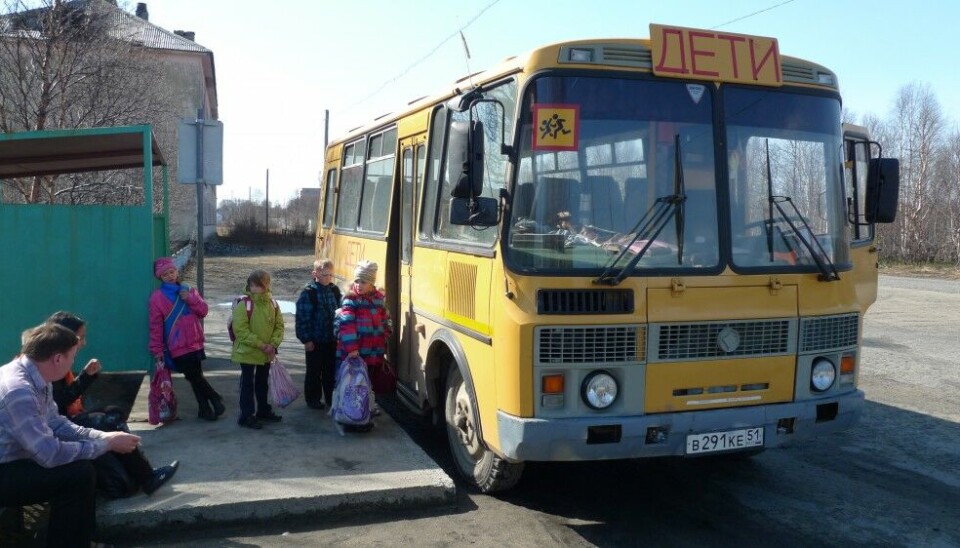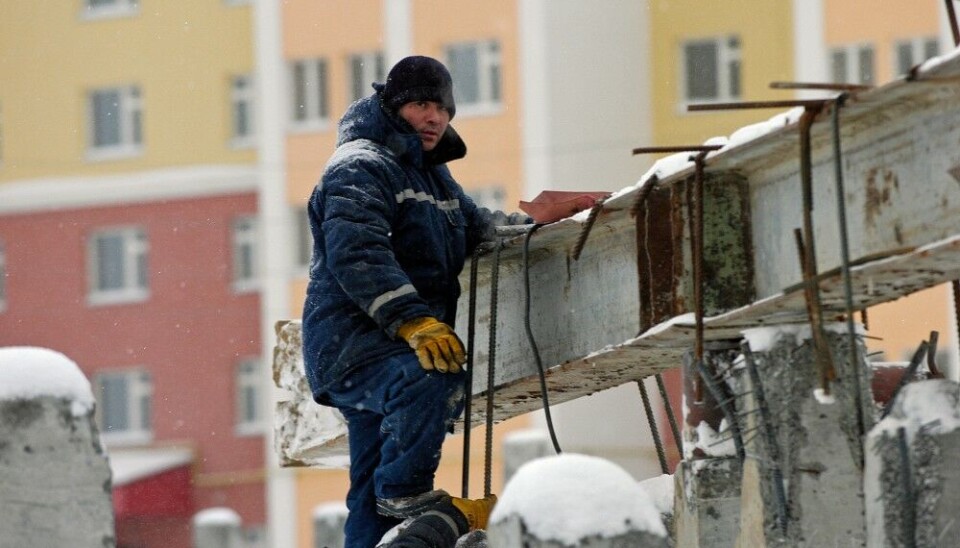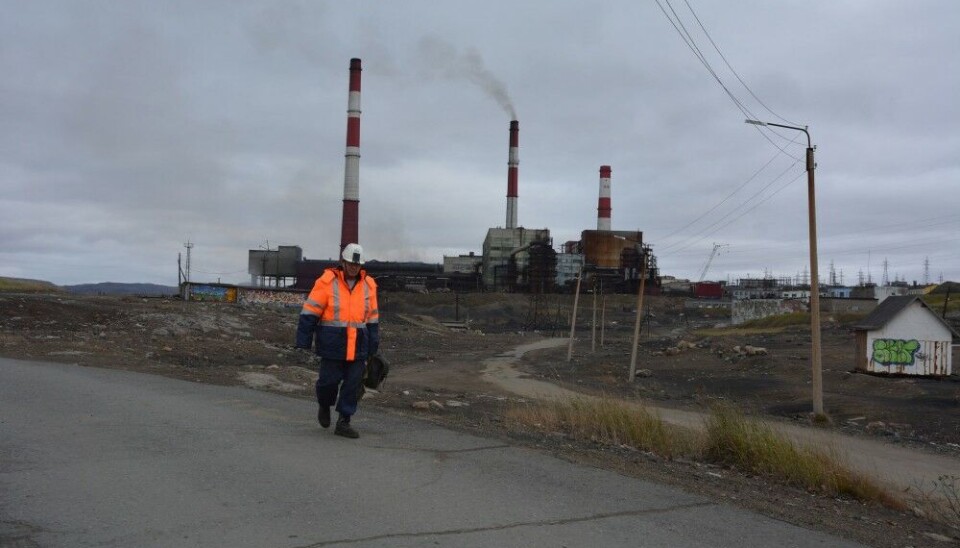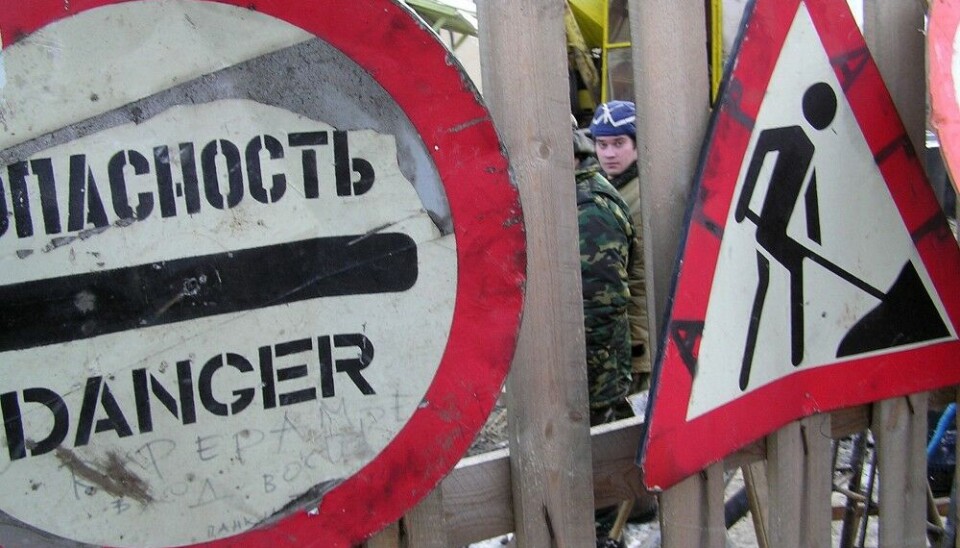
“The situation is catastrophic.” There is no one to work in Russia’s North
Russia, especially its “depressed” regions, is suffering from a labor shortage. The decline in the workforce is evidenced by both employers who are unable to find workers and updated statistical data. Statistics, among other things, show a decrease in the number of men – but the war may not be the only one to blame for the development.
Parents in several villages of the northern region of Karelia have to bring their children to school themselves because local authorities cannot find drivers for school buses. The issue has been brought up by the officials themselves, Daily Karelia reports. In particular, there is no one to take children to one of the schools in the Muezersky district.
“Currently, if possible and desired by parents, children are transported to school independently, since there are no candidates in the village of Lendery for the position of “school bus driver” who meet the requirements. The search for the driver is directly carried out by the administration of the educational institution,” writes the administrator of the official social media page of the municipality in response to a complaint from a local resident.

A seemingly individual case reflects an overall trend: labor reserves in Russia have dried up. The situation worsened gradually, but the war in Ukraine, mobilization and flight from it drove the last nail into the coffin.
“Devil in the details”
“The situation is catastrophic,” says an entrepreneur from Karelia, who wished to remain anonymous. “There’s a huge problem with sales staff. They simply are not there! Sectors which employed many migrants are a different story. For example, establishments where they make sushi: there is no one to work there, migrants do not come. The situation is worse in male-dominated sectors and easier in female-dominated sectors.”
The businessman claims that problems with human resources began about five years ago. “Many explained this by the demographic gap: there are simply no people,” says the man. But in 2022, war intervened.
“Mobilization, emigration. From a macroeconomic point of view – well, several hundred thousand people have left, what is their impact? But the devil is in the details,” says the businessman. “Regions are heterogeneous; people are coming to some places and leaving other places. It’s a total disaster in Murmansk, there’s simply no staff there.”

Media in the northern regions publish similar stories referencing the recruiting company HeadHunter that the demand for labor exceeds supply, sometimes by multiples. In Komi, another northern region, for example, there are 12,000 job openings for the 4,500 unemployed. There are not enough drivers, sales people and construction workers everywhere. According to analysts, the number of active vacancies increased by 48 percent over the year.
“The labor market itself has changed, several sectors of the economy began to experience a labor shortage,” says Dmitry Borovkov, an entrepreneur from Murmansk. He works in logistics and construction. “For example, we are now hiring people aged 50+. Their lives are in order, their children have grown up, they are competent and demanding of themselves. They are now the best workers for us. And before, if you were 35 years old, they looked at you as if you had no future.”
Borovkov also says that the labor market has been greatly affected by the outflow of migrants. They disappeared during the pandemic — and did not return afterwards, “because they don’t want to work for peanuts”. These conclusions are confirmed by labor market expert Evgeniy Mikhailenko.
“It is easier for migrants from Central Asia to travel to other countries where there is higher pay and where there is no risk that they will be rounded up and sent to the SVO (special military operation – this what the Russian state demands to call the war in Ukraine). There are already billboards in the Moscow region reading “hand over the migrant, let him go to the SVO.”
As a result, the niches they occupied have become vacant, and there is no one to replace them. Because the population in large cities, firstly, is spoiled by dust-free work, they are not ready to sweep the streets; and secondly, there is simply not enough people.
There has been a redistribution of the labor market in favor of “blue collar” workers; their number has indeed decreased significantly. The reasons are migration and SVO. Now there is a catastrophic problem with drivers. It’s even worse with welders and commercial truck drivers. There is no one to compensate for this shortage in the short term; the secondary education system does not satisfy employers; they do not teach anything there.”
Striped collars
According to Evgeniy Mikhailenko, the shortage of workers greatly affects wages.
“The white collar market is dead and wages are completely dumped. An office worker is offered 50-60 thousand rubles (€500-600), and this is in Moscow. For top managers, it is a stalemate; they don’t want to work for the money employers are willing to pay,” says the labor market expert.
“There is a very serious shortage of general workers in all industries. They are very much sought after; their salaries are increased endlessly. The situation is that many companies have access to clients and financial resources, but they are not able to provide the service due to a lack of employees,” says HR expert Irina Davydova.

Davydova says that the HR department of a large company in one of the regions of Russia brings convicts to construction sites under armed escort.
“This is called “striped collars” – by analogy with “white” and “blue” collars. I first heard the term at the beginning of 2023. Previously, entrepreneurs placed orders with penal colonies which had some production facilities; but for unskilled workers to be brought in under armed escort every morning, that didn’t happen.”
Davydova did not specify which inmates are involved in work outside prison or the legal grounds for them to be “handed over” to the disposal of entrepreneurs.
Davydova emphasizes that the situation is worse in depressed regions than in large and growing cities. “Karelia and the Arkhangelsk region are in the risk zone,” says the expert. This is confirmed by figures of Rosstat, the Russian statistics agency.
Professional extinction
Statistical indicator “Labour force” shows that four regions of North-Western Russia saw a significant decrease in workers compared to 2022. The workforce in the Arkhangelsk region decreased by 60,000 people while Komi, Murmansk region and Karelia saw their workforce drop by 40,000, 35,000 and 31,000 people, respectively. Other regions of the Northwestern Federal District do not show such a decline, and some – for example the Leningrad region and Kaliningrad – saw a substantial increase in labor force.
According to Rosstat, the decline in numbers affected primarily men. For example, the number of male workers in the Arkhangelsk region decreased by 40,000 while the number of female workers dropped by 20,000. In Komi this gap is even stronger: 28,400 versus 11,900. As a result, the number of female workers in Komi exceeded the number of male workers – something that was not been observed in previous years.
Natalya Zubarevich is a doctor of geography who specializes in social and economic development of regions. She explained to the Barents Observer that this decrease is not directly related to 2023. It is the result of recounts after the 2021 census.
“There was clearly an undercount of those who left the country; current statistics have undercounted departures for 11 years. I am very careful about these numbers, this is a sample survey, there are “glitches” there. But when several regions become a “glitch”, it’s surprising,”
Zubarevich explained.
Demographer Alexey Raksha agrees that the indicators BO found cannot be interpreted directly to say that 160,000 workers “disappeared” in four regions over the year. However, these figures reflect processes that have taken place over the past ten years.
“The more honest the census was, the greater the decline in the labor force. The fact that one region has a large decline in one year, but another region does not, means that the second region simply lied. That is, Komi, Karelia, Arkhangelsk and Murmansk regions did not make up their numbers.
Why did more men “disappear” than women? The census recorded that over the past ten years, more men than women left the region. Or, on the contrary, the number of men was initially overestimated. The number of young people, especially men, was already declining due to the echo of the nineties,” Raksha explained.
“Market will crumble”
“The shortage of human resources is a fundamental problem of the Russian labor market,” HeadHunter specialists say. And this fundamental problem is only getting worse against the backdrop of war.
“Official data: 300,000 have been mobilized and, as Dmitry Medvedev says, 460,000 have signed the contract [with the military]. In addition, according to demographers, 500,000-600,000 left the country; some returned, but still more than a million people left the labor market. And at the same time, there is a huge demographic slump: the generation entering the labor market is 30 percent smaller than the generation ten years older,” Natalya Zubarevich explained.
“According to my calculations, five percent of men aged 20 to 40 either ended up in the war or emigrated,” says demographer Alexey Raksha.

Murmansk entrepreneur Dmitry Borovkov agrees with the researchers.
“We have a demographic hole, and the state is also taking men out of this hole. And where are you going to get free hands?”, the businessman asks a rhetorical question.
Regional statistical agencies report that unemployment in the regions is steadily declining. But given the shortage of labor, this is not a sign of recovery. Expert Evgeniy Mikhailenko explains that the economy will suffer in the long term, and the increase in wages associated with the shortage of workers will not help.
“Soon the market will start to crumble. Wages will have to be raised: there is no business that can operate without employees. However, the average income in terms of hard currency – dollars or euros – has decreased significantly in the country. Prices have increased very significantly. In absolute terms, wages look “beautiful,” but purchasing power is still decreasing.”















